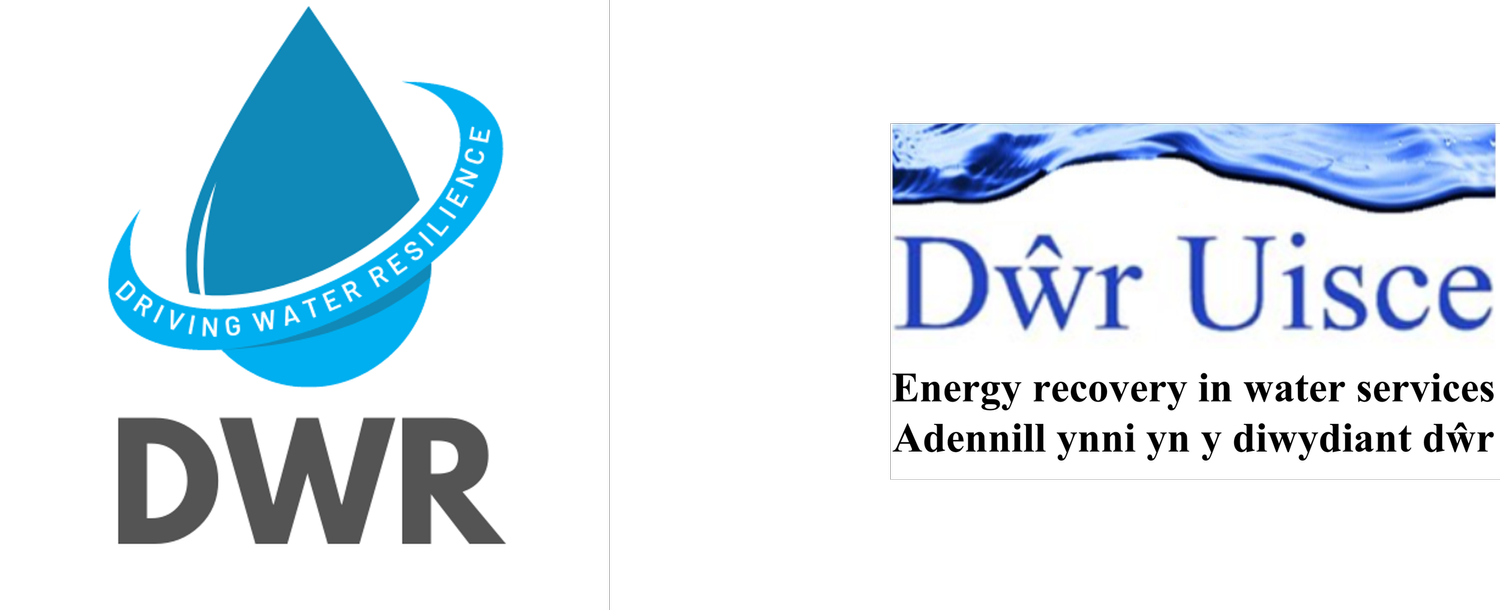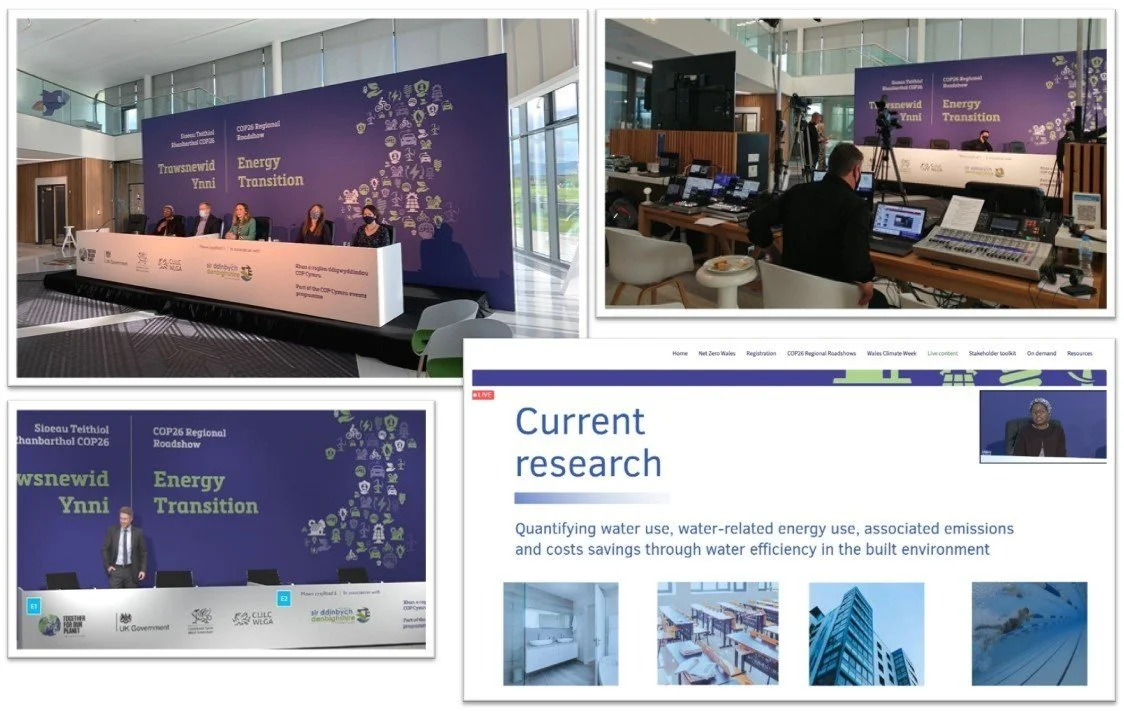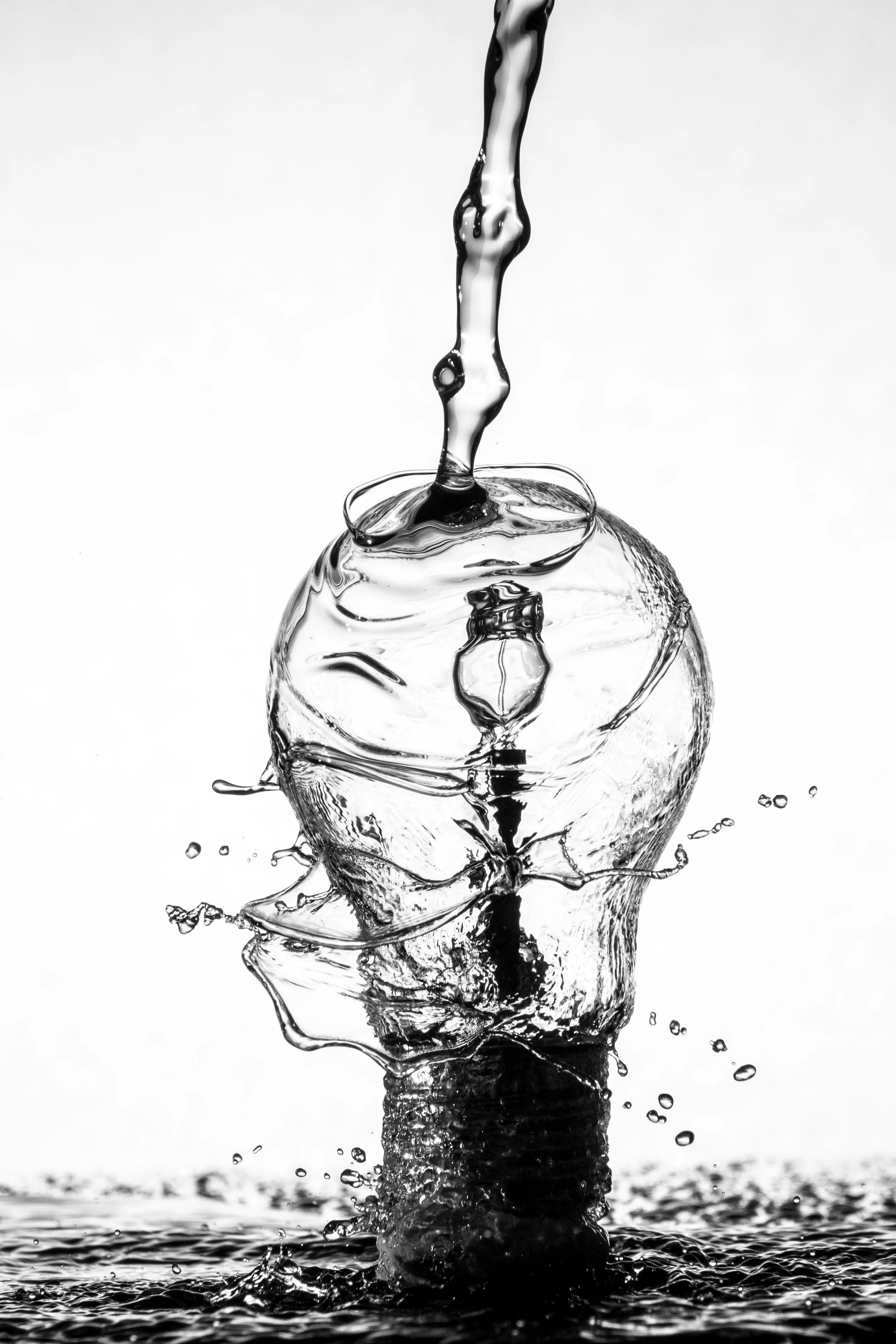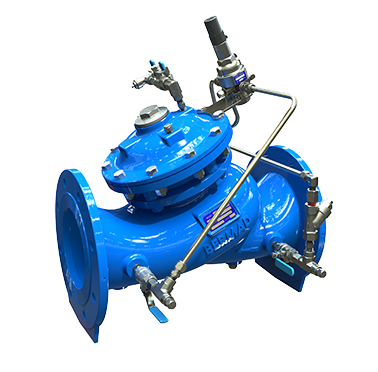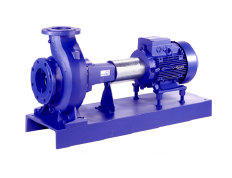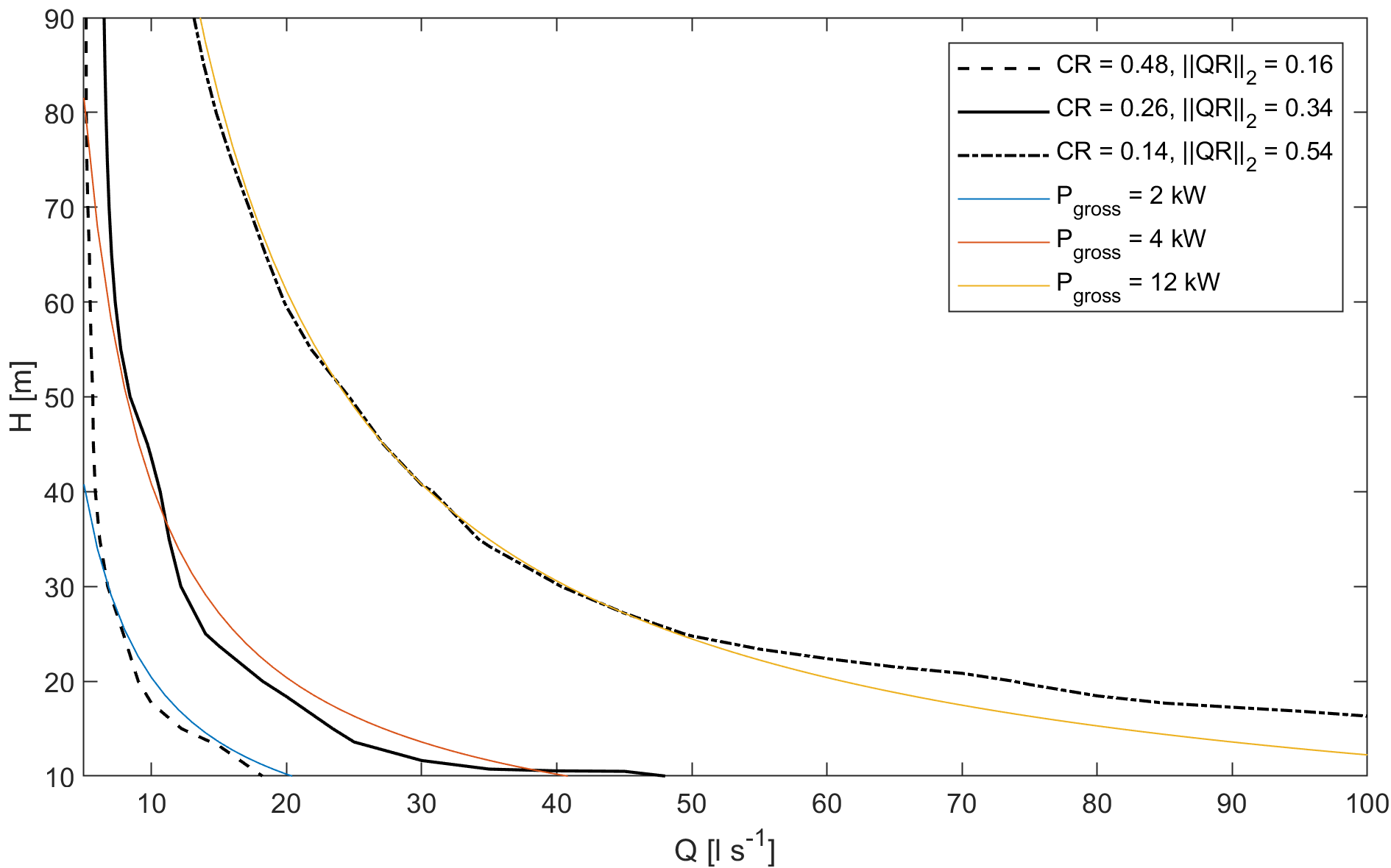Richard Dallison
Last week Richard and Sopan from the Climate Change work package of our Bangor University team attended the American Geophysical Union’s (AGU) Fall Meeting, AGU21. The meeting, one of the largest gatherings of researchers and scientists in the field of earth and space sciences, was held as a hybrid online/in-person event this year due to the ongoing global pandemic. This year’s meeting attracted over 10,000 attendees in person in New Orleans, with more than 12,000 joining the week-long conference online.
Whilst participating in the conference, Richard and Sopan attended sessions from various AGU sections, such as Hydrology and Global Environmental Change. The work presented in sessions under these themes has been highly interesting and has furthered knowledge, research scope, and contacts, all of which will bring great benefit to Dŵr Uisce project research. Additionally, new avenues of research have been explored, and ideas generated for future work and new methods.
In addition to attendance, Richard also acted as lead-convenor for a session entitled ‘Challenges and Opportunities for Hydropower Generation under Climate Change’, which attracted submissions from around the globe. Alongside session co-convenors, Sopan, Dr. Shih-Chieh Kao (Oak Ridge National Laboratory) and Professor Michael Craig (University of Michigan), Richard led the session which saw authors presenting 3-minute lightning talks with an interactive poster, followed by an interesting and varied discussion with the session attendees, chaired by Sopan. The session covered various topics relating to hydropower production under climate change, including hydropower potential assessment, reservoir and water storage implications, and the impacts of snow cover changes. This mix of topics also covered case studies from across the globe, including Pakistan, China, Chile, the US, and the UK, making for a very interesting and diverse session.
Furthermore, Richard also presented a lightning talk at AGU21, on his and Sopan’s latest research, titled ‘Generation Characteristics of Run-Of-River Hydropower Schemes in the UK and Ireland Under Future Climate Change’. This presentation featured the very latest results from Dŵr Uisce Project Work Package 7, with future trends for streamflow in 585 catchments across the UK and Ireland being showcased. In addition, the implications of these streamflow changes for future hydropower production at 521 run-of-river schemes in 178 of these catchments was also presented. Seasonal and annual trends in the number of days that abstraction for hydropower is possible, as well as total abstraction, a proxy for generation potential, were among the factors presented. The interactive poster was also available throughout the week and will be for the coming few weeks, allowing for broader dissemination of the work. This was a valuable experience, allowing for both the engagement of a broad audience and detailed discussions and conversations on the research, methods, and implications.
This has been a highly valuable opportunity to share Richard and Sopan’s Dŵr Uisce research, as well as allowing access to some of the leading researchers in the field, enabling comment and opinions on the presented work and future plans. Thanks must go to the organisers of AGU21, the convenorship team of the aforementioned session, as well as all of the presenters and attendees who contributed to make such a vibrant and interesting session.
